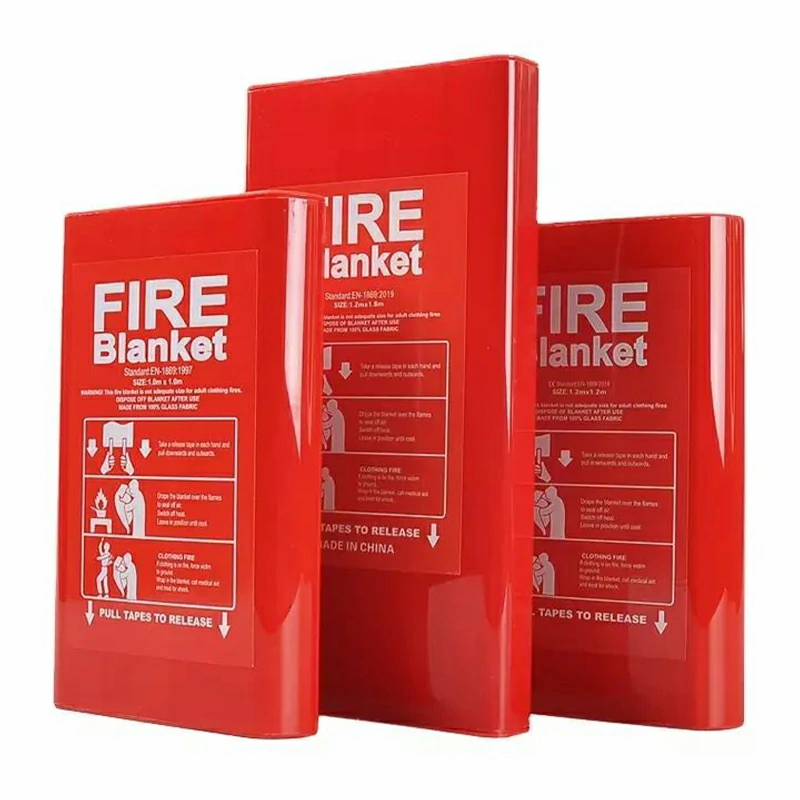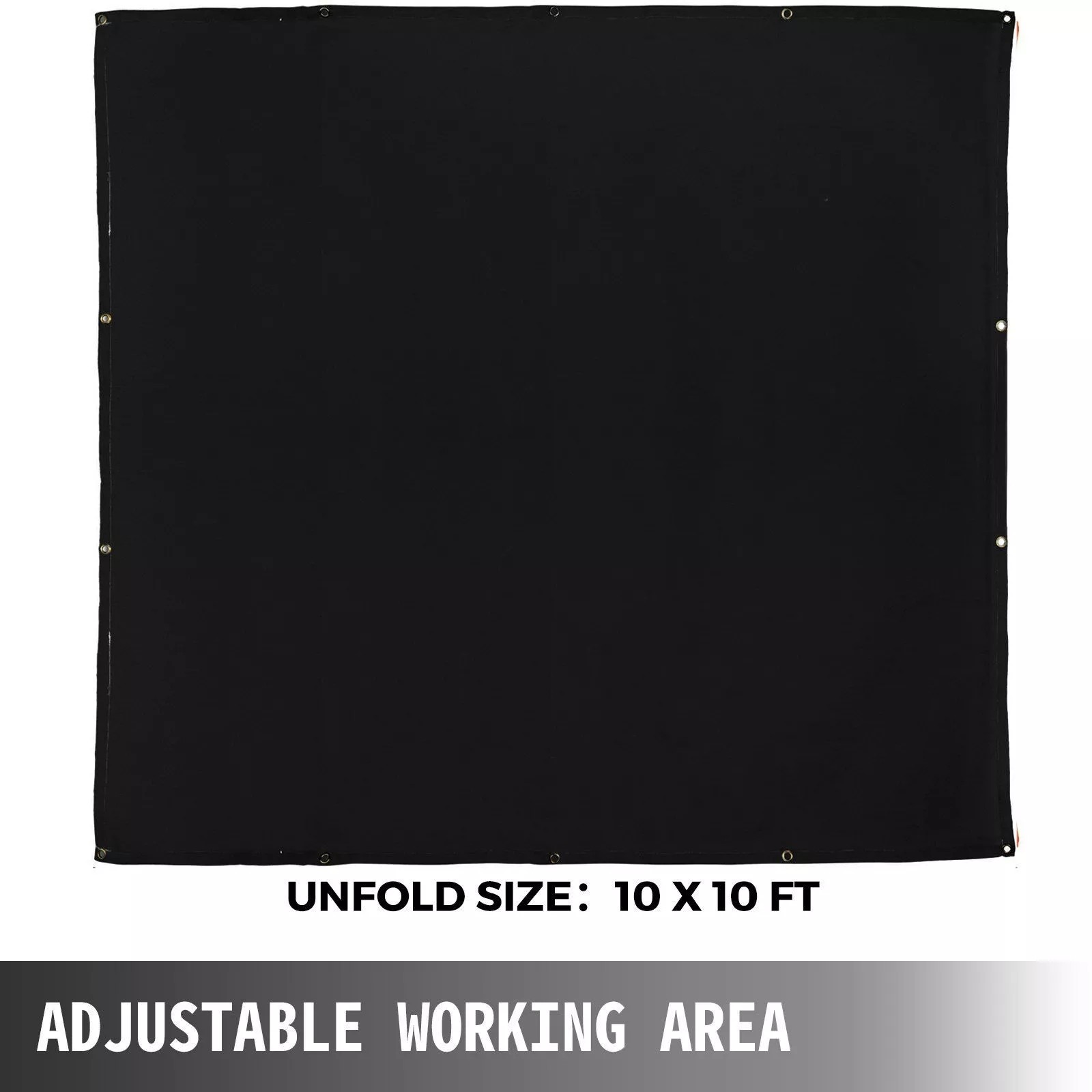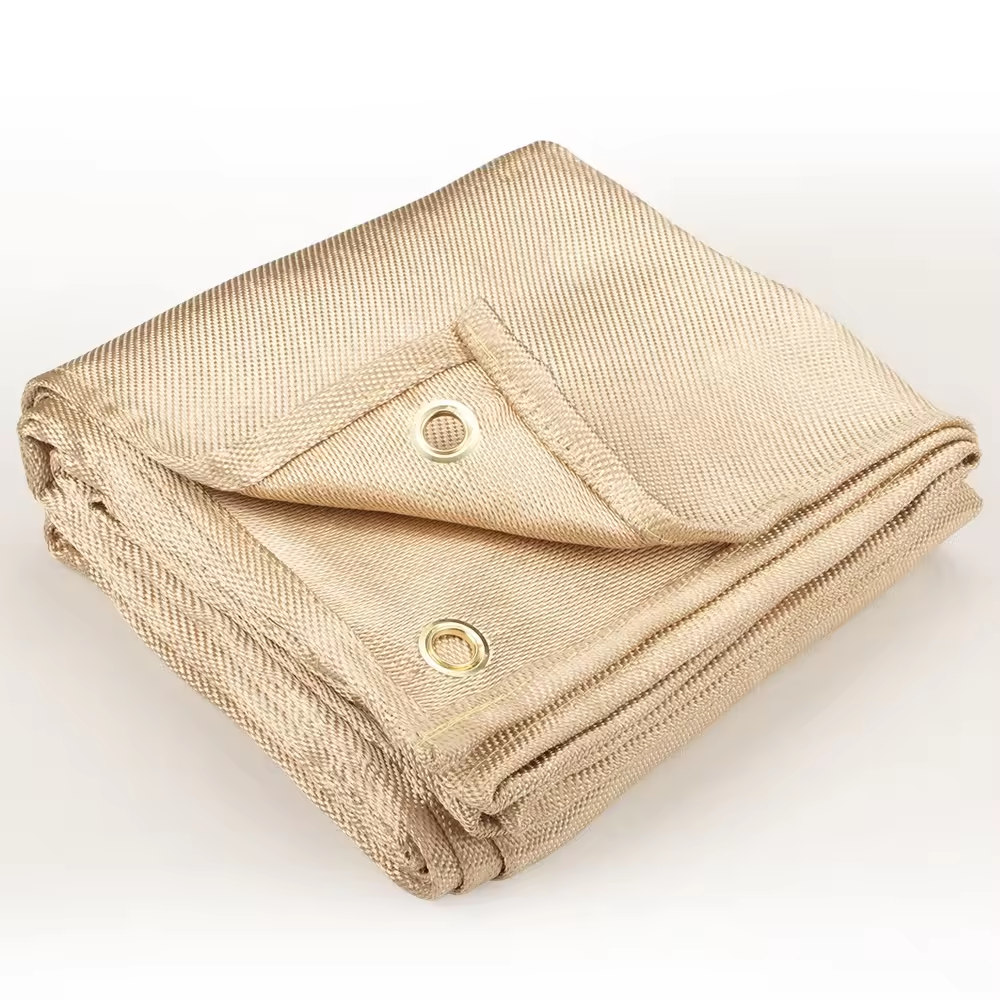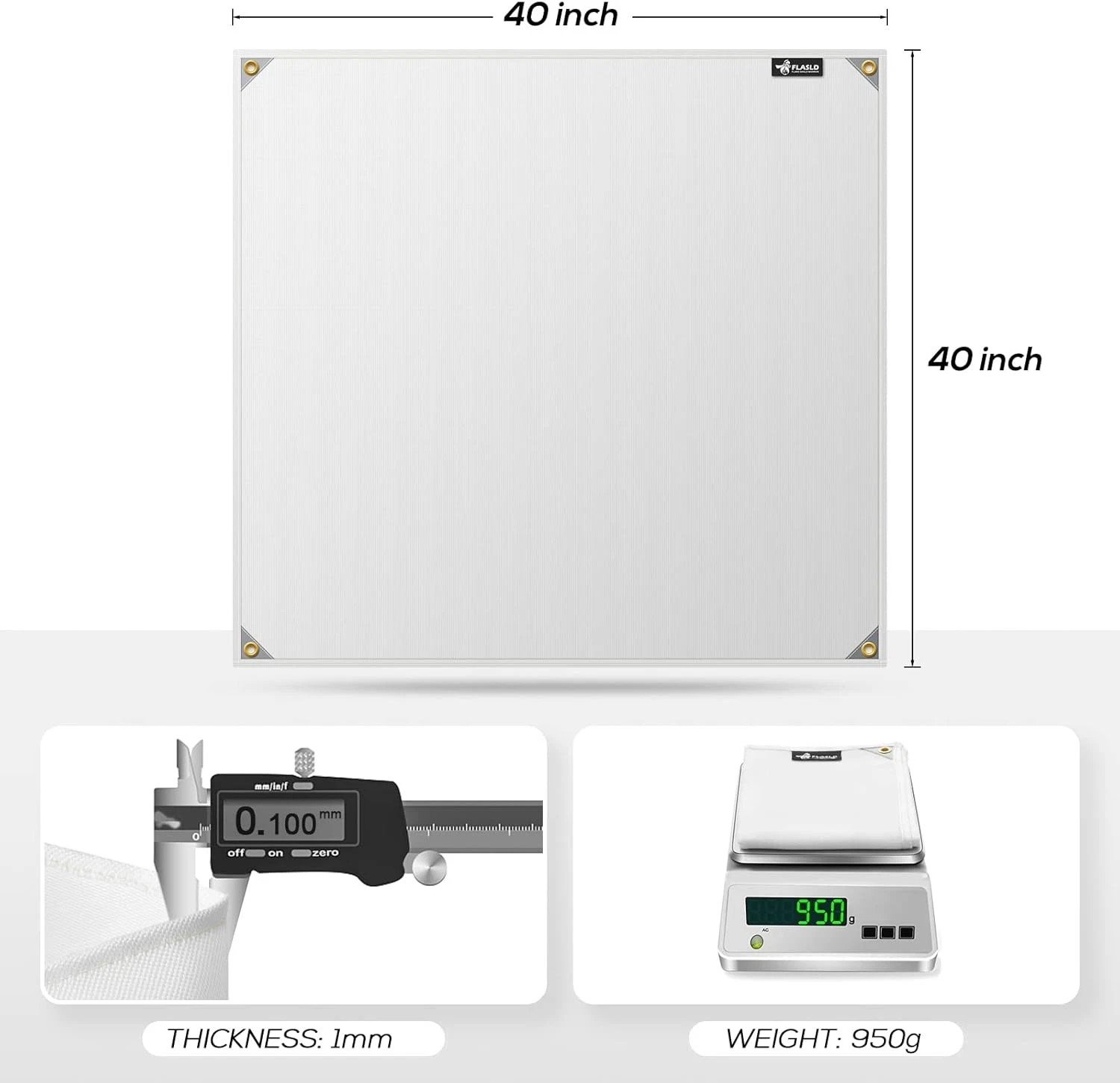
Fiberglass Thermal and Fire Protection Blanket: Ultimate Safety Solution
Summary:Fiberglass thermal and fire protection blankets provide superior insulation against extreme heat and flames. These versatile safety solutions protect equipment, structures, and personnel in industrial, commercial, and residential applications.
What Is a Fiberglass Thermal and Fire Protection Blanket?
You've probably seen fiberglass thermal and fire protection blankets in action without realizing it. These specialized safety products consist of woven fiberglass fabric treated with fire-resistant coatings. The unique composition creates a barrier that withstands temperatures up to 1000°F (538°C) while remaining flexible enough to wrap around pipes, equipment, or structural elements.
Key Benefits You Should Know
When you choose a fiberglass thermal and fire protection blanket, you're getting multiple advantages:
- Exceptional heat resistance:Protects against direct flame contact and radiant heat
- Thermal insulation:Reduces heat transfer to protected surfaces
- Durability:Resists tears, abrasion, and chemical exposure
- Lightweight:Easy to install without heavy support structures
- Customizable:Available in various sizes and thicknesses
Where You Need These Blankets
Fiberglass thermal and fire protection blankets serve critical roles across multiple industries:
Industrial settings:Protect pipes, valves, and equipment in oil refineries, chemical plants, and power generation facilities. The blankets prevent heat loss while containing potential fire hazards.
Commercial kitchens:Wrap around exhaust ducts to prevent grease fires from spreading. Many local fire codes now require this application.
Residential use:Safeguard wood stoves, fireplaces, and heating systems. Homeowners appreciate the added fire protection during winter months.

Automotive:Shield sensitive components in race cars and high-performance vehicles from exhaust heat.
How to Select the Right Blanket
Choosing the proper fiberglass thermal and fire protection blanket depends on several factors:
- Temperature rating:Match the blanket's maximum temperature resistance to your application needs
- Thickness:Thicker blankets provide better insulation but may limit flexibility
- Size requirements:Measure the area needing coverage before purchasing
- Attachment method:Consider whether you need straps, hooks, or adhesive backing
- Certifications:Look for UL listings or other industry-standard approvals
Installation Tips for Maximum Protection
Proper installation ensures your fiberglass thermal and fire protection blanket performs as intended:
- Clean surfaces before application to ensure proper adhesion
- Overlap seams by at least 2 inches when covering large areas
- Secure all edges and fasteners properly to prevent shifting
- Inspect blankets regularly for signs of wear or damage
- Replace blankets that show significant deterioration
Maintenance and Safety Considerations
While fiberglass thermal and fire protection blankets require minimal maintenance, you should follow these guidelines:
Wear gloves when handling to prevent skin irritation from fiberglass particles. For cleaning, use compressed air or a soft brush - never wash with water as this reduces fire resistance. Store unused blankets in dry conditions away from direct sunlight.
Why Professionals Prefer Fiberglass
Compared to alternative materials like ceramic or asbestos (now banned), fiberglass thermal and fire protection blankets offer the best balance of performance and safety. They don't release harmful fibers when intact, provide excellent insulation values, and maintain flexibility after repeated heat exposure.
Cost vs. Value Analysis
While fiberglass thermal and fire protection blankets may cost more upfront than basic insulation materials, they deliver long-term value. Consider that proper thermal protection can reduce energy costs by preventing heat loss, while fire protection can prevent catastrophic property damage. Many insurance companies offer premium discounts for facilities using certified fire protection products.
Future Developments
Manufacturers continue improving fiberglass thermal and fire protection blankets. New versions incorporate silicone coatings for enhanced water resistance and self-extinguishing properties. Some advanced models now include heat-reflective surfaces that improve performance in extreme conditions.






